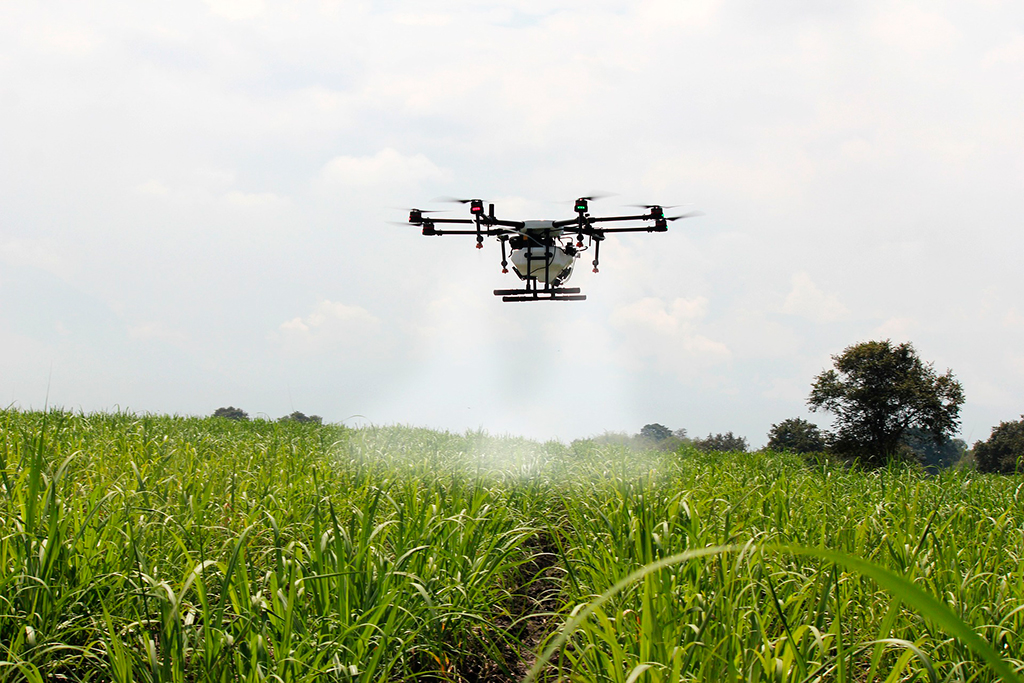An app for monitoring crops by phone that reduces costs by 30%
UOC researchers are developing low-cost apps for less productive sectors
The robot and drone market for agriculture generates 2.6 billion euros a year in revenues and the figure is expected to increase three-fold to 8.9 billion euros by 2022. When applied to agriculture, robotics and the Internet of Things enable crop status to be known accurately in real time, increasing efficiency in the production and use of environmental resources. According to Gradiant, the leading technology centre in Galicia, online monitoring with sensors can reduce a farm's maintenance costs by up to 30%. In precision farming, access to a smartphone or tablet is essential for updating indicators and delivering information in real time.
The wine industry has been one of the pioneers in the application of agriculture 2.0 because, like fruit in general, it is a crop that generates high turnovers. Companies like Codorniu were the first to experiment with this type of technology. "Investing in these sectors is a viable proposition but the challenge is for crops that don't make as much money to also benefit from the technology, for example, cereals", explains Xavier Vilajosana, leader of the IN3-UOC WiNE research group. Vilajosana, a specialist in the Internet of Things, puts the focus on opening research lines to lower the cost of digital technological solutions, so that "they too are affordable" for those production sectors that are not so profitable.
Vilajosana's research team has two projects in this area that are still in an embryonic phase but which draw from this philosophy. One project is to develop sensor systems for agriculture with a final target cost below three euros per sensor.The second project, developed jointly with the IN3 CAReNET research group and TURBA, has a social dimension: make society aware of the human effect on water pollution. The method? Fit Catalonia's springs with sensors and publish the nitrate and other pollutant levels in real time. The initiative plans to start in intensely farmed areas such as Osona and, in a second phase, roll it out to the rest of Catalonia. In both cases, one of the researchers' goals is to develop and test low-cost technological solutions that are applicable to digital farming.
A growth sector
The farming technology consultants Markets and Markets forecast that precision farming will grow 13.5% each year between 2016 and 2022. The experts highlight that the goal of digital or precision farming is to make the sector more efficient and productive.
It may even help meet the challenge of feeding an overpopulated world, which will reach 9 billion inhabitants by 2050. For the moment, drones are already being used in Poland to assist in pollination and palliate the falling bee populations. An Expert Platform has also been developed, which includes predictive models of diseases that affect the main crops (wheat, oat, beetroot and potato). In Catalonia, the IRTA centres are one of the leaders in this field.
Press contact
-
Editorial department
